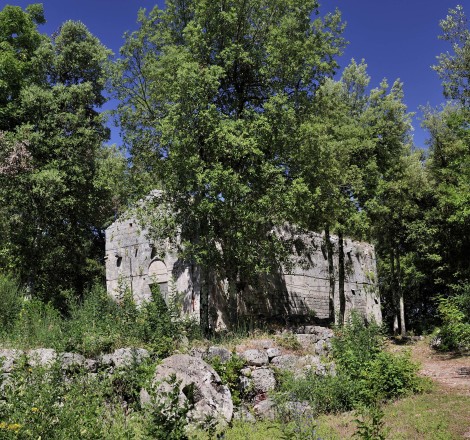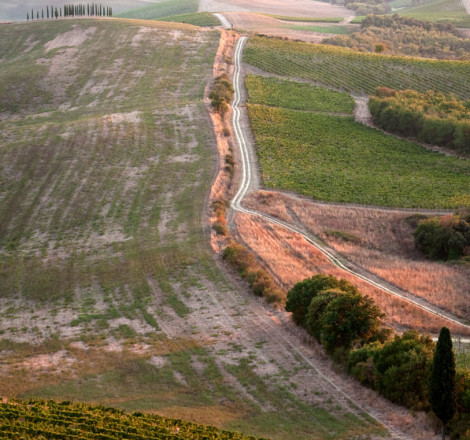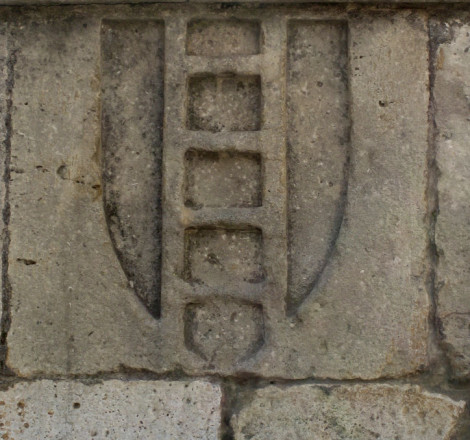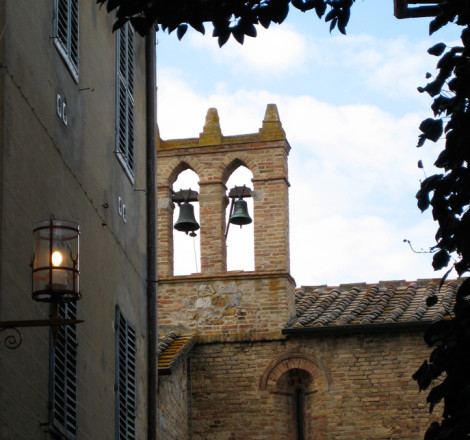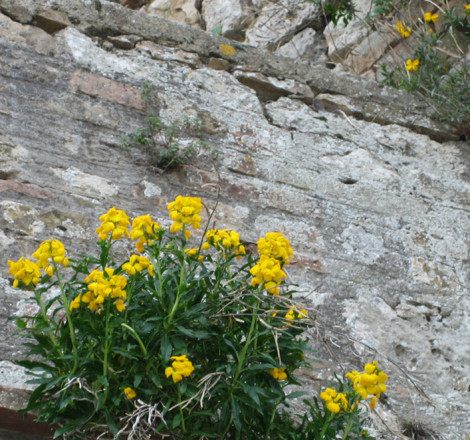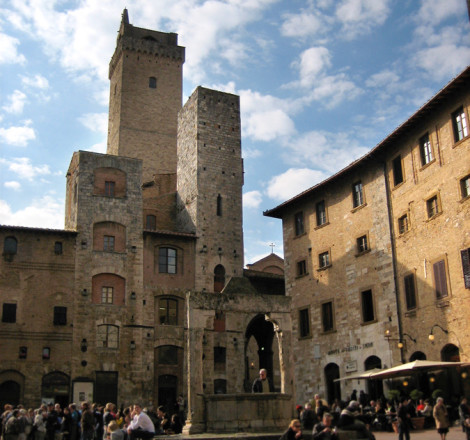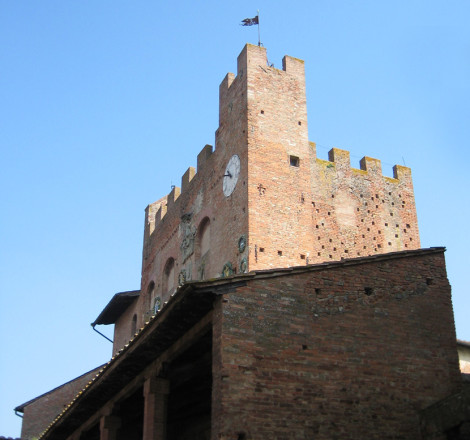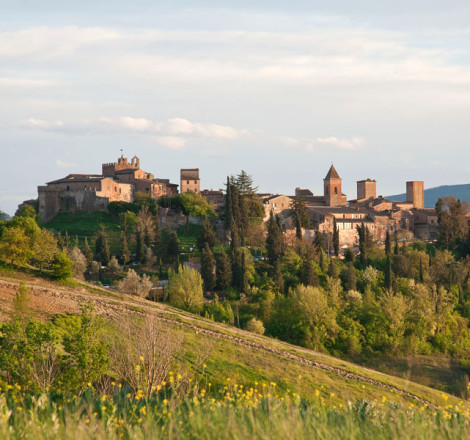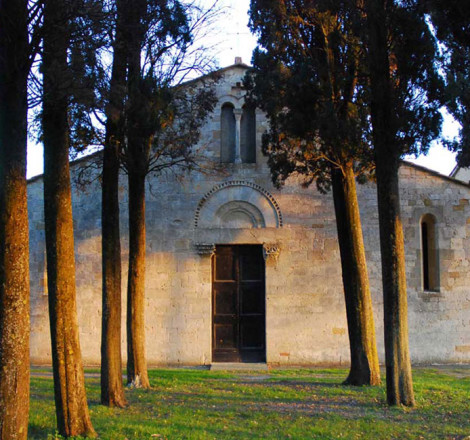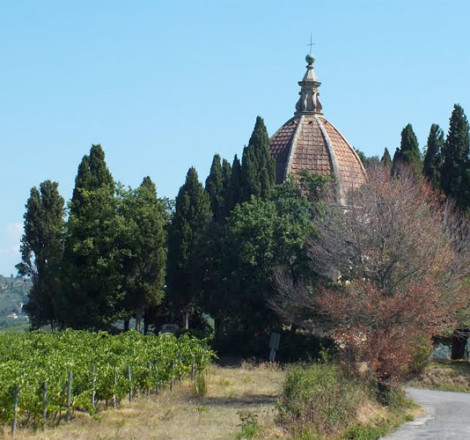

First the Etruscans (evidences of hypogean tombs in Cellole and Poggio ai Cieli), then the Romans (remains of a Roman villa on Podere Cellori and the Via Francigena at Santa Maria Villa Castelli), the Longobards, the roadways with beautiful medieval churches (Pieve di Cellole), turreted towns still standing intact like San Gimignano and Certaldo, or completely destroyed like Semifonte (as witnessed by the dome of San Michele Arcangelo in the vicinity of Podere Fuscelli), medieval fortifications like Monteriggioni or Renaissance strongholds, like the one in Poggibonsi.
Then there are fountains, hamlets, roadways, farmhouses, towers and castles, Renaissance villas and dwellings, historical shops and workshops, and much more, not to mention the historic and cultural heritage of major art cities such as Florence, Siena, Volterra, Pisa and Lucca.
Not least is the vine-growing and wine-making tradition that digs its roots in Greek and Roman history but underwent substantial development only in the 18th century.
